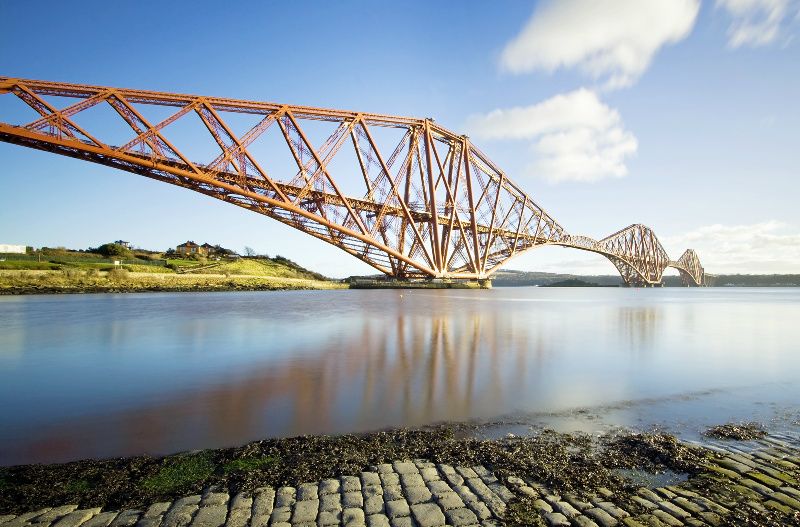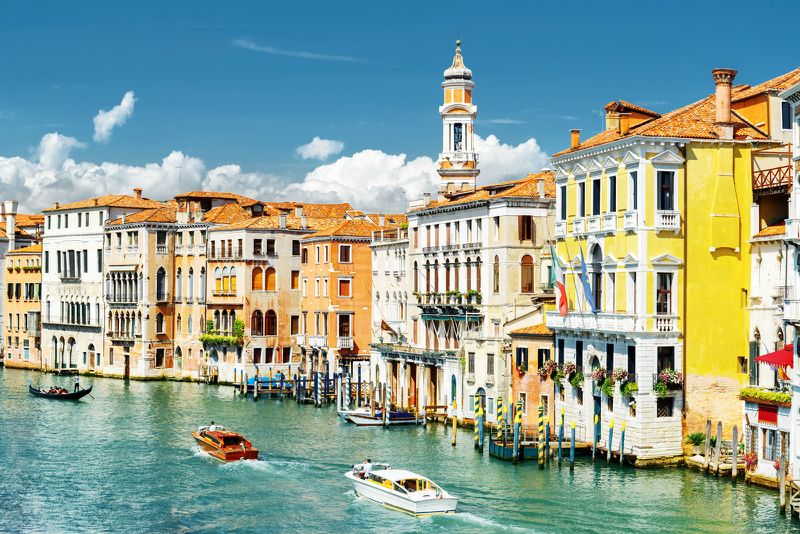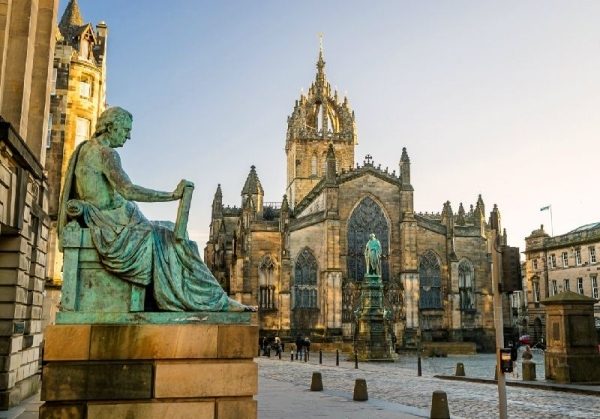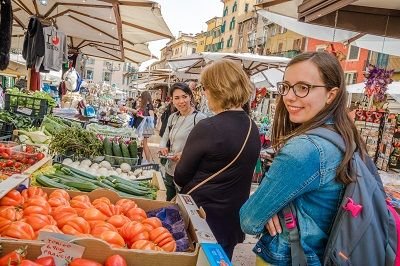Three Bridges Boat Trip from Edinburgh
Address
2 Hawes Brae, Queensferry, South Queensferry EH30 9TB, UK
GPS
55.9904921, -3.3836528
Three Bridges Boat Trip from Edinburgh. On a boat cruise to Inchcolm Island, you’ll get a chance to see some of Edinburgh’s lesser-known sights, including a medieval abbey and a colony of sea lions and seals. In addition to avoiding the crowds on land, you’ll get the best views of the Three Bridges.
Three Bridges Boat Trip from Edinburgh
Highlights
- Escape the crowds on land during a cruise to Inchcolm Island from Edinburgh
- Choose a departure time to suit your schedule
- Enjoy the best views of the UNESCO-listed Forth Bridge
- Increase your chances of spotting wildlife such as puffins and seals

Queensferry information
East of Grangemouth on the Forth Estuary’s narrowest point, Queensferry, also known as South Queensferry, sits on the south shore, looking across to North Queensferry, its identical twin on the Fife shore. Settlements on both sides of the river, as well as the ferries that connect them, likely date back to ancient times as this is an obvious place to cross the river when traveling from Edinburgh to Fife.
Queen Margaret, Malcolm III’s wife, was the “Queen” of Queensferry. When she married Malcolm in Dunfermline in 1070, she established a church in the town. The Forth Estuary became a pilgrimage site, resulting in an increased need for transportation. The result was the Queen’s Ferry, built with Margaret’s money and run by Dunfermline monks. A variety of landing spots were used in or near the village depending on the tide and weather conditions.
The construction of a suspension bridge over the narrows began in 1879. Thomas Bouch, who built the Tay Railway Bridge in 1878, designed this. On December 28th, 1879, the Tay Bridge collapsed, killing many people, and the construction of Bouch’s Forth Bridge was put on hold. Sir John Fowler and Benjamin Baker designed the Forth Rail Bridge, which was completed between 1883 and 1890, and it is an example of conservative over-engineering.
The importance of ferries was restored with the invention of the internal combustion engine. Over 40,000 people and 600,000 cars and 200,000 goods vehicles were transported across the Queensferry Passage by four ferries each year in the early 1950s; this was the busiest ferry in Scotland at the time. A car cost between 2/6d and 7/6d in 1956, while a lorry cost between 4/6d and 54/-. A single rider paid 5 dinars.
The Forth Road Bridge, built between 1958 and 1964, became Queensferry’s second world-class bridge. After nearly 900 years of service, the Queen officially opened the new bridge on September 4, 1964. On 11 February 2008, bridge tolls were abolished completely, with a northbound-only charge of $1.00 for a car. A second road bridge, the Queensferry Crossing, was built to the west of the first one, which opened in 2017, due to problems with the first one.
The road and rail bridges on either side of Queensferry define it. However, it encompasses far more than that. Once an important trading and fishing port, it still retains an atmosphere that can transport you back in time more easily than most places in the country. The narrowness and twistiness of Queensferry High Street mean that cars intrude far more than they would elsewhere, so if you’re lucky enough to catch it when there’s no traffic, that is.
One of the best collections of buildings you’ll find anywhere can be found in Queensferry. From 1441, the oldest building is St. Mary’s church. On the High Street, “Black Castle,” built in 1626, is the oldest residence. The maid of the sea captain it was built for was accused of paying a beggar woman to cast a spell on him when he was lost at sea with his ship. Both women were accused of witchcraft and executed by crucifixion. The nearby Tolbooth was built in the 1600s, but the tower was only completed in 1720.
The town’s steeply sloping site above the shore necessitated an unusual stepped cross-section for the High Street. As a result, on the street’s inland side, there are now elevated pavements that enhance the ambiance even further. Queensferry is a popular destination for many reasons, including its proximity to Edinburgh, making it a crowded one at times. You can still catch a glimpse of the 1700s Queensferry depicted by Robert Louis Stevenson in “Kidnapped” if you try to catch it at a quiet time.







